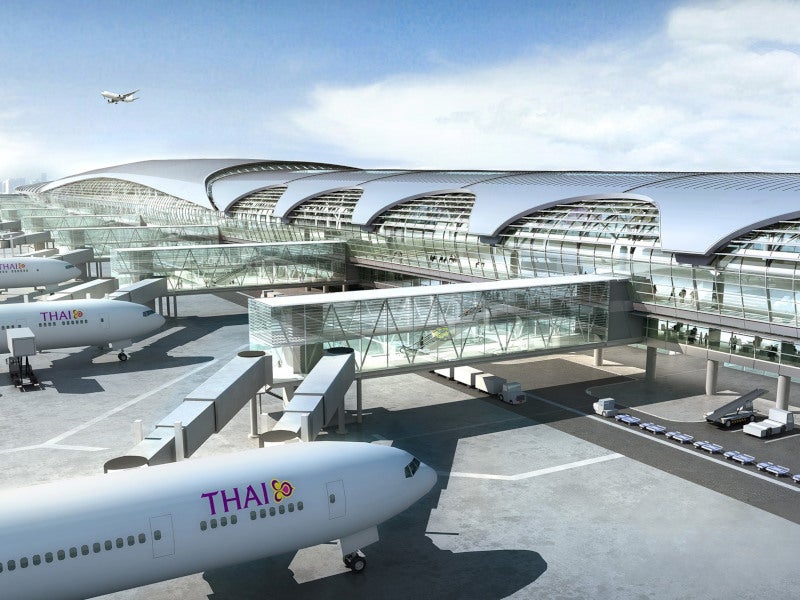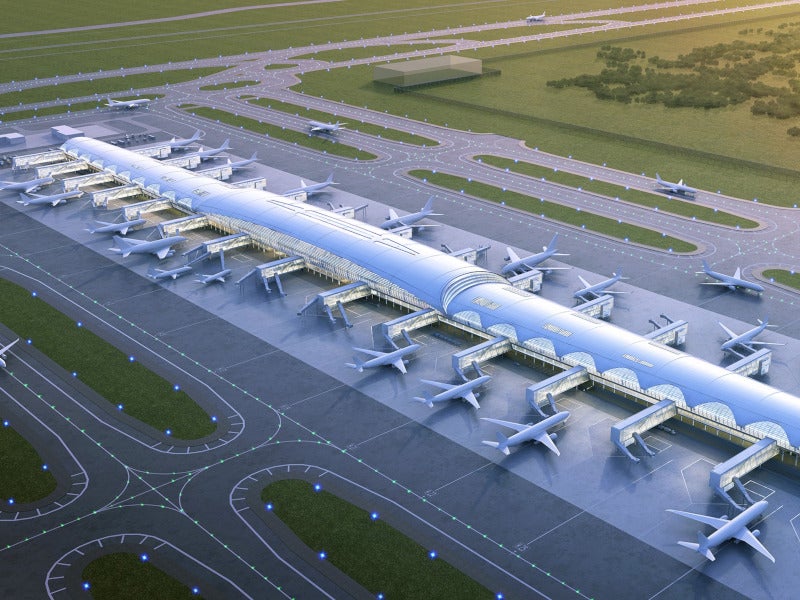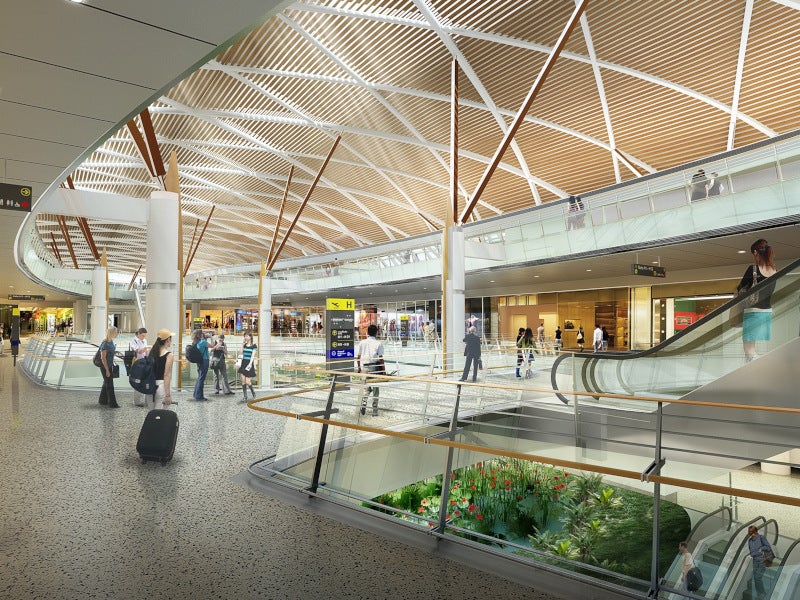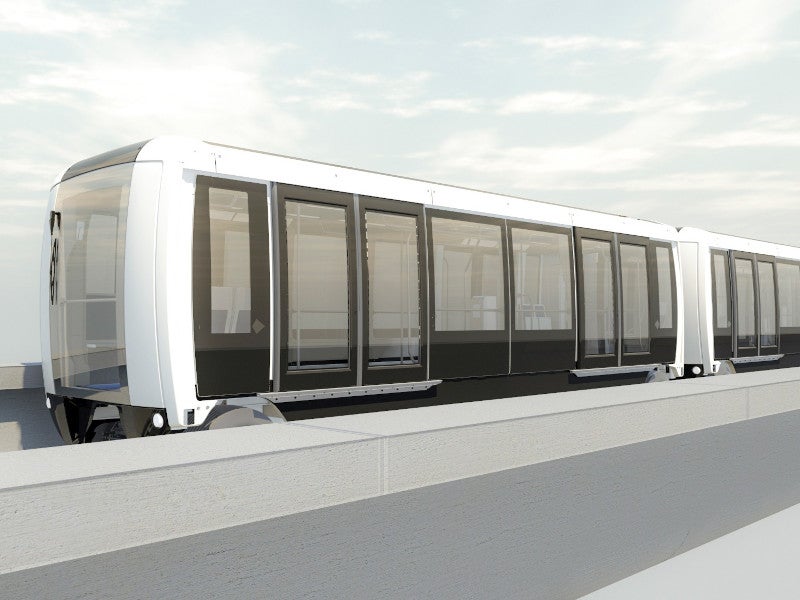The new satellite airport terminal (SAT-1) at Suvarnabhumi International Airport (or the New Bangkok international airport) is being developed to meet growing passenger traffic.
Owned by Thai airport operator Airports of Thailand (AOT), the airport’s passenger handling capacity is expected to increase to 60 million upon completion of the terminal.
SAT-1 is being developed with an estimated investment of Bt62.5bn ($1.78bn) and is expected to be operational in September 2023. It will significantly reduce the passenger load on the existing terminal at the airport.
The project is part of phase two of the airport development being undertaken by AOT to boost both passenger handling capacity and promote the country’s tourism industry.
Location
Suvarnabhumi International Airport is located in Racha Thewa, Bang Phli district, 30km east of Thai capital Bangkok.
Suvarnabhumi International Airport’s SAT-1 details
The new SAT-1 will be a four-level concourse building covering an area of 216,000m². It will have 28 aircraft contact gates, eight of which will serve Code F aircraft such as the A380 and 20 that will serve Code E aircraft such as the Boeing 747. The terminal can accommodate up to 15 million passengers a year.
A 700m-long tunnel underneath the existing cross taxiways will connect the SAT-1 to the main terminal building. The tunnel will house a baggage handling system (BHS), an automated people mover (APM) system, as well as a service road connection between the two processing facilities.
The terminal will be installed with 53 elevators, 83 escalators, and 38 moving sidewalks. It will feature a meditation room, separate prayer rooms for men and women, a baby care room, a playroom, and waiting chairs with universal USB charging power sockets. In addition, it will have more than 10,500 interspersed seats with different configurations and tables in various shades of grey.
The SAT-1 project also includes the construction of a four-storey airline office building measuring 35,000m² and a five-storey parking building alongside walkways connecting the two buildings. The parking building will hold 1,000 parking spaces.
Automated people mover details
The APM system will be a 5km line comprising four parallel tracks and two stations. It will be serviced by six two-car units that can move between the main terminal and SAT-1 within three minutes per ride at a maximum speed of 80km/h.
Each APM can accommodate up to 3,590 passengers an hour in each direction and will feature large doors for easy entry and exit, as well as spacious interiors to provide space for luggage.
Baggage handling system details
The terminal will feature a tray-based BHS with a peak throughput capacity of 10,800 pieces of baggage per hour. The BHS will convey baggage from the main terminal to the SAT-1 terminal through an individual carrier system.
It will feature a high level of automation and control software including programmable logic controller and supervisory control and data acquisition.
Construction details
Construction of the satellite terminal is being implemented under five contracts. The first contract involves two subcontracts (CC1/1 and CC1/2) with CC1/1 involving the construction of the B2, B1 and G levels of the SAT-1 terminal building, south tunnel extension, apron connecting the existing taxiway, and installation of electromechanical systems.
The works undertaken under CC1/2 include construction of the SAT-1 terminal building in continuation from the first subcontract including levels two to four and south tunnel extension subsystem works. Construction under both the subcontracts has been completed.
The second contract (CC2/1) includes the construction of an airline office building, a parking building, two walkways connecting the two buildings and the installation of electromechanical equipment. Construction works under the contract are ongoing.
The third contract, CC3, includes the construction of utility systems including a power system comprising a 115kV transmission line, transformer station and substations, a sanitation system, and a wastewater treatment system. Construction works under the contract have been completed.
CC4 involves the construction of the APM while CC5 includes the procurement and installation of the BHS and explosive detection system. Construction under both these contracts has been completed.
The latest construction technologies are being used for the construction of the terminal including building information modelling, Dynamo, 3D printing and cloud computing.
SAT-1 design details
SAT-1’s design is inspired by Thai culture. The building’s ceiling features diamond-like arched ribs that are filled with timber-coloured slats that are reminiscent of Thai silk cloth patterns and basket weaving textures.
A metal-framed standing seam roof was chosen for the building as it is more cost-effective, energy-efficient, and easier to operate compared to the tensile fabric roof of the current terminal. The terminal roof is supported by an arched beam and tree column structure.
The building also features interior gardens that conjure up images of the country’s tropical rainforests while bringing lush greenery and abundant natural light into the lobby. The design will feature energy conservation measures such as the use of natural light and solar panels to reduce energy usage. It will also feature heat insulation and wastewater recycling systems.
Contractors involved
Netherlands Airport Consultants, a subsidiary of Royal HaskoningDHV, was responsible for developing the architectural design concept of the new terminal. It worked with Design 103 International, an architecture and planning company, and MAA Thailand, an engineering and consulting service provider, for airport planning and apron design services. BNP Associates and WISE Project Consulting were also involved in the design process.
The SADC2 Consortium was appointed as the design consultant for the passenger terminal. The consortium comprises South East Asia Technology, Aurecon Consulting, Architect & Associates, ACT Consultants, CAGE, and Februar Image.
The PSS Consortium, comprising Progress Technology, SPAN, and South East Asia Technology, was contracted as the infrastructure consultant.
The EPM Consortium was appointed as the project management consultant. The consortium includes PCBK International, Chotichinda Mouchel Consultants, Epsilon, and Oriental Consultants.
The SCS Consortium is providing construction supervision services for the project. The consortium includes Project Planning Service, TEAM Consulting Engineering and Management, Dorsch Consult Asia, Tesco, ATT Consultant, and SDC.
Construction contractor Italian Thai Development was awarded the contract for CC1/1 works.







